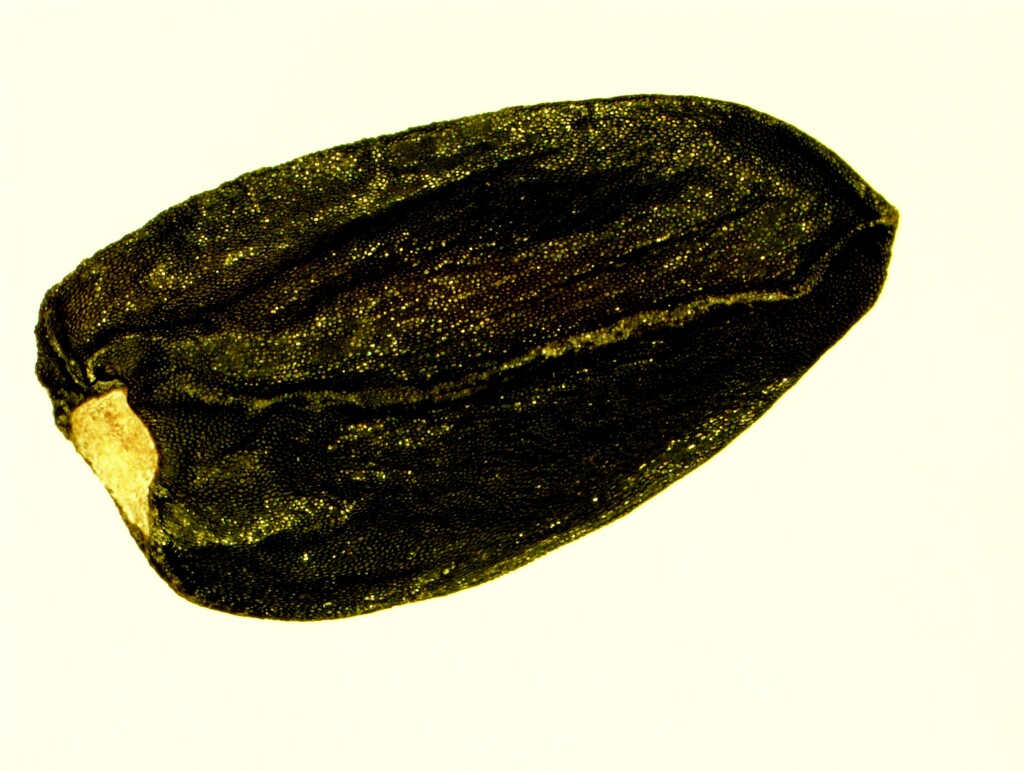Xanthorrhoea resinosa
Pers.Stem absent or up to 0.6 m long. Leaves forming a ± erect spreading tuft, transversely rhombic or sometimes adaxially concave in cross-section, 2–4 mm wide, 1.5–2.5 mm thick, blue-green, glaucous. Inflorescence with flower-bearing part 60–120 cm long, 20–45 mm diam., ± as long as non-flowering axis which is 70–150(–220) cm long and 10–30 mm diam.; bracts around flowers obscure or prominent only at base of 'spike', shortly acute; bracts between flowers shortly acute, densely hairy. Sepals shortly acute, adaxial projection absent; petals (sometimes only one) hairy on midrib and apex of adaxial surface, sometimes with an adaxial projection from the apex. Flowers Aug.–Feb.
GipP, EGL, EGU, WPro, Strz. A common species of the sandy coastal East Gippsland 'grass-tree plains' (east of Marlo) and the wet coastal Gippsland Plains heathlands near Alberton and Giffard.
Vegetatively, this species is sometimes difficult to distinguish from X. australis. Xanthorrhoea resinosa usually has a greatly reduced stem, appearing absent, whereas X. australis usually has a massive stem up to 3 m long. At the base of the leaves, X. resinosa produces a yellowish resinous exudate, whereas X. australis produces a red-brown resinous exudate.
Conn, B.J. (1994). Xanthorrhoeaceae. In: Walsh, N.G.; Entwisle, T.J., Flora of Victoria Vol. 2, Ferns and Allied Plants, Conifers and Monocotyledons, pp. 720–734. Inkata Press, Melbourne.
 Spinning
Spinning

